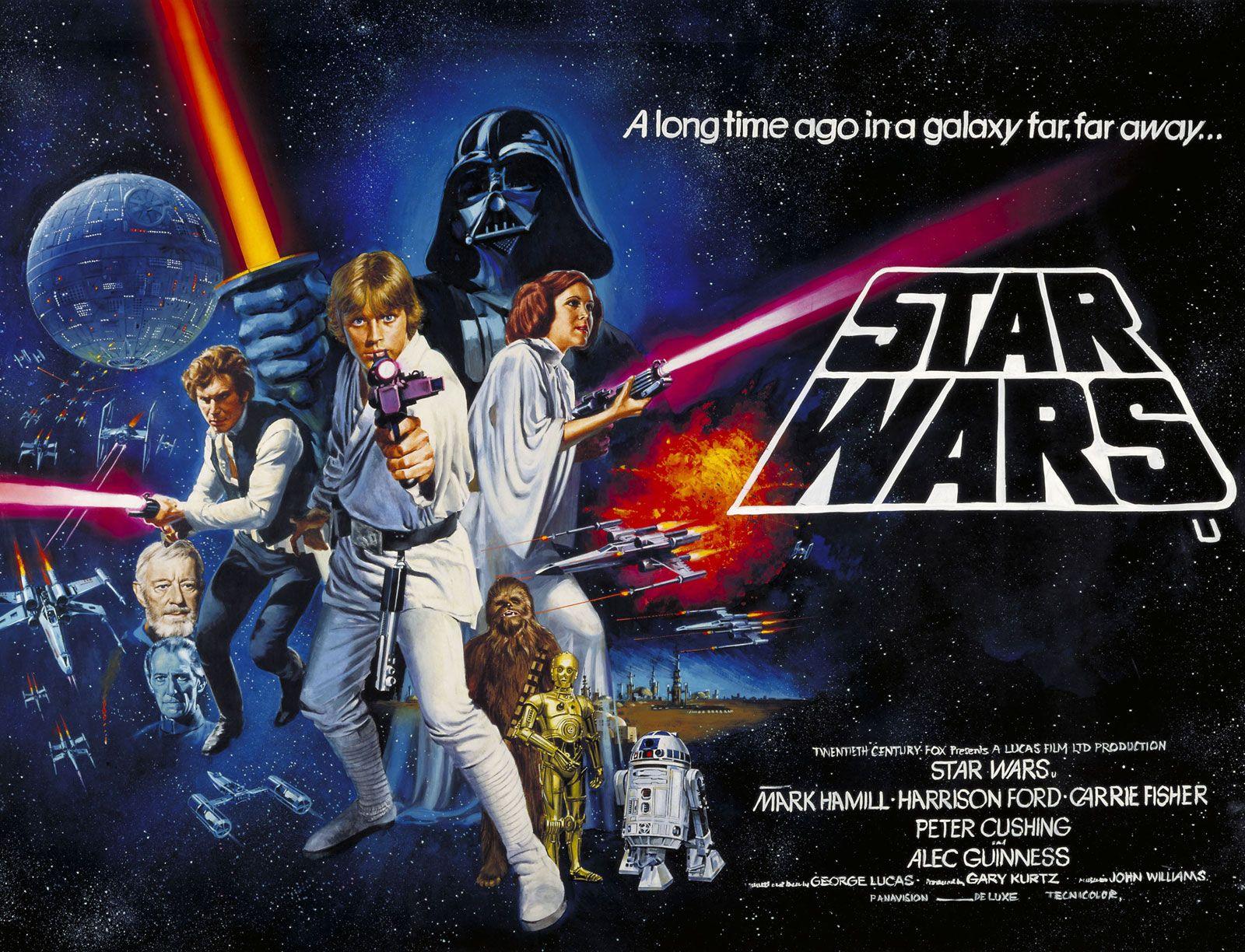Brand Image Challenges Facing Star Wars Outlaws
The release of “Star Wars Outlaws” has reignited discussions around the franchise’s fluctuating reputation, particularly in the wake of the diverse reactions to recent entries in the saga. Ubisoft’s CEO alluded to the broader uncertainties surrounding the brand, suggesting that the challenges faced by the game are symptomatic of a larger identity crisis within the Star Wars universe. Elements affecting the overall perception include:
- Inconsistent storytelling across films and series, leading to fragmented fan expectations.
- Mixed reception of prior Star Wars titles, which has set a challenging precedent for new releases.
- Fan fatigue stemming from the saturation of content, with multiple projects being announced and released in quick succession.
Moreover, the very essence of what constitutes a “Star Wars” experience seems to be in flux, leaving developers like Ubisoft grappling with the precise tone and direction to take. The game, while ambitious, appeared to struggle with aligning its creative vision with the ever-evolving expectations of its fanbase. With fan loyalty being tested, the need to address these brand image challenges is paramount. Key concerns include:
- Balancing nostalgia with innovation, as longtime fans seek both familiarity and fresh experiences.
- Managing transmedia storytelling effectively to create a cohesive narrative across different platforms.
- Listening to community feedback to address grievances and incorporate suggestions in real-time.

Ubisoft’s Perspective on the Impact of franchise Fatigue
In a recent interview, Ubisoft’s CEO articulated a candid perspective on the stray performance of “Star Wars Outlaws,” attributing the game’s challenges to a broader sentiment surrounding the franchise. The concept of franchise fatigue has gained attention as beloved brands grapple with maintaining freshness in a saturated market. Highlights of his comments include:
- The impact of overexposure: As sequels and spin-offs proliferate, audiences may become desensitized, leading to diminished excitement over new entries.
- Consumer expectations: Long-standing fans of the franchise often have high hopes that can be difficult to meet, resulting in a very critical reception of new titles.
- The industry’s evolving landscape: In this era of streaming and rapid content delivery, the demand for continuous innovation has never been higher.
Moreover, the CEO emphasized the importance of strategic timing and storytelling in reviving interest. For developers, a balanced release schedule must be prioritized to avoid overwhelming fans and to maintain narrative engagement. He noted that:
- Quality over quantity: Focusing on crafting compelling narratives and gameplay experiences can help rekindle enthusiasm.
- Understanding audience sentiment: Engaging with the community and listening to feedback can provide vital insights, ensuring that future titles align more closely with player desires.
- Innovative marketing strategies: The need for fresh promotional approaches to re-invigorate interest in franchise releases is paramount.

Analyzing Game Development and Marketing Strategies
In recent discussions surrounding the unfortunate performance of “Star Wars Outlaws,” Ubisoft’s CEO shed light on the broader implications of franchise management and marketing strategies in the gaming industry. The failure of the game to meet expectations can be attributed to a variety of factors, which include:
- Brand Perception: The perception of the Star Wars brand has been fluctuating, with fan sentiment becoming increasingly critical due to previous content releases.
- Market Trends: The competitive landscape for open-world games has intensified, making it crucial for titles to distinguish themselves effectively.
- marketing Execution: The marketing approach utilized for “Outlaws” may not have resonated with potential players,resulting in a disconnect between consumer expectations and the final product.
Ubisoft’s experience serves as a stark reminder of how vital it is to align game development with robust marketing frameworks, taking into account the current climate of both consumer sentiment and industry trends. A pivotal part of this alignment involves understanding the target audience’s expectations and delivering a product that not only honors the franchise legacy but also innovates within the market space. By carefully analyzing these dimensions,developers and marketers alike can better navigate the complexities that come with managing high-profile intellectual properties.

future Recommendations for Revitalizing Iconic Franchises
The recent struggles faced by iconic franchises like Star Wars underscore the necessity for a strategic pivot if their value is to be restored. As the gaming landscape evolves, brands must prioritize innovation while respecting heritage. Here are some potential pathways for revitalizing struggling franchises:
- Engage with Fan Communities: Actively listening to fan feedback and incorporating their ideas can build a loyal base while fostering a sense of ownership among players.
- Focus on original Storytelling: Moving away from over-reliance on established narratives and instead creating fresh story arcs can re-capture players’ imaginations.
- Cross-platform Collaboration: Collaborating with various platforms can breathe new life into a franchise, making it accessible to a broader audience.
- Invest in Quality Over Quantity: Prioritizing well-developed games that meet high production values rather than rushing releases could help restore brand credibility.
Moreover, brands must be aware of the shifting cultural narratives and seek to align their franchises with present-day values. Establishing strong partnerships with innovative studios can drive transformative experiences for players, ensuring that beloved franchises resonate with both new and returning audiences. Key considerations for future success should include:
- diversity and Inclusion: Recognizing diverse perspectives can enrich narratives and increase relatability, drawing in a wider demographic.
- Adaptive Gameplay Mechanics: Embracing technology such as AI and VR for immersive experiences may engage players in ways previous entries failed to.
- Lasting Content Lifecycles: Developing ongoing content updates rather than standalone releases can maintain engagement and minimize the pressure of immediate success.
